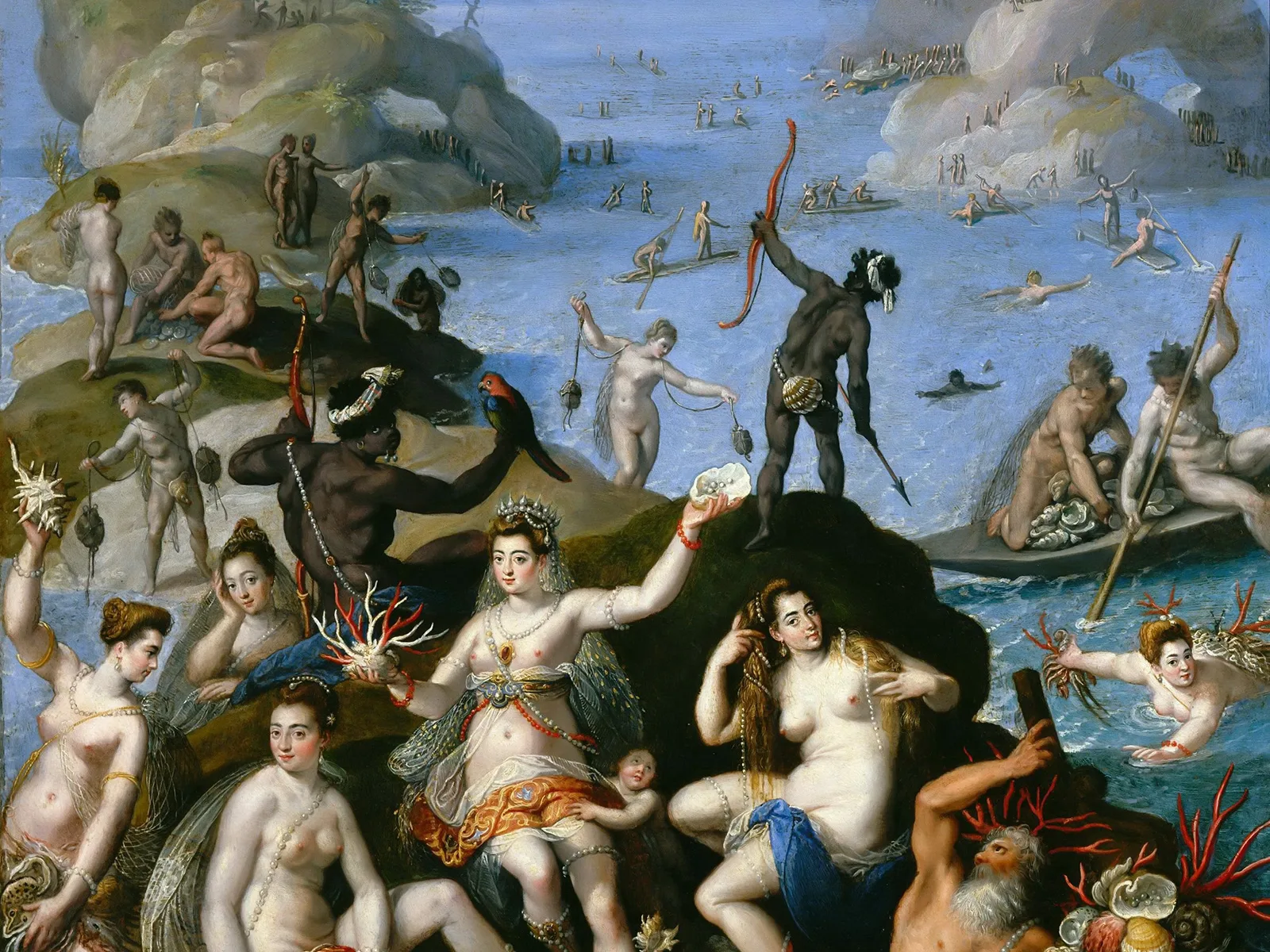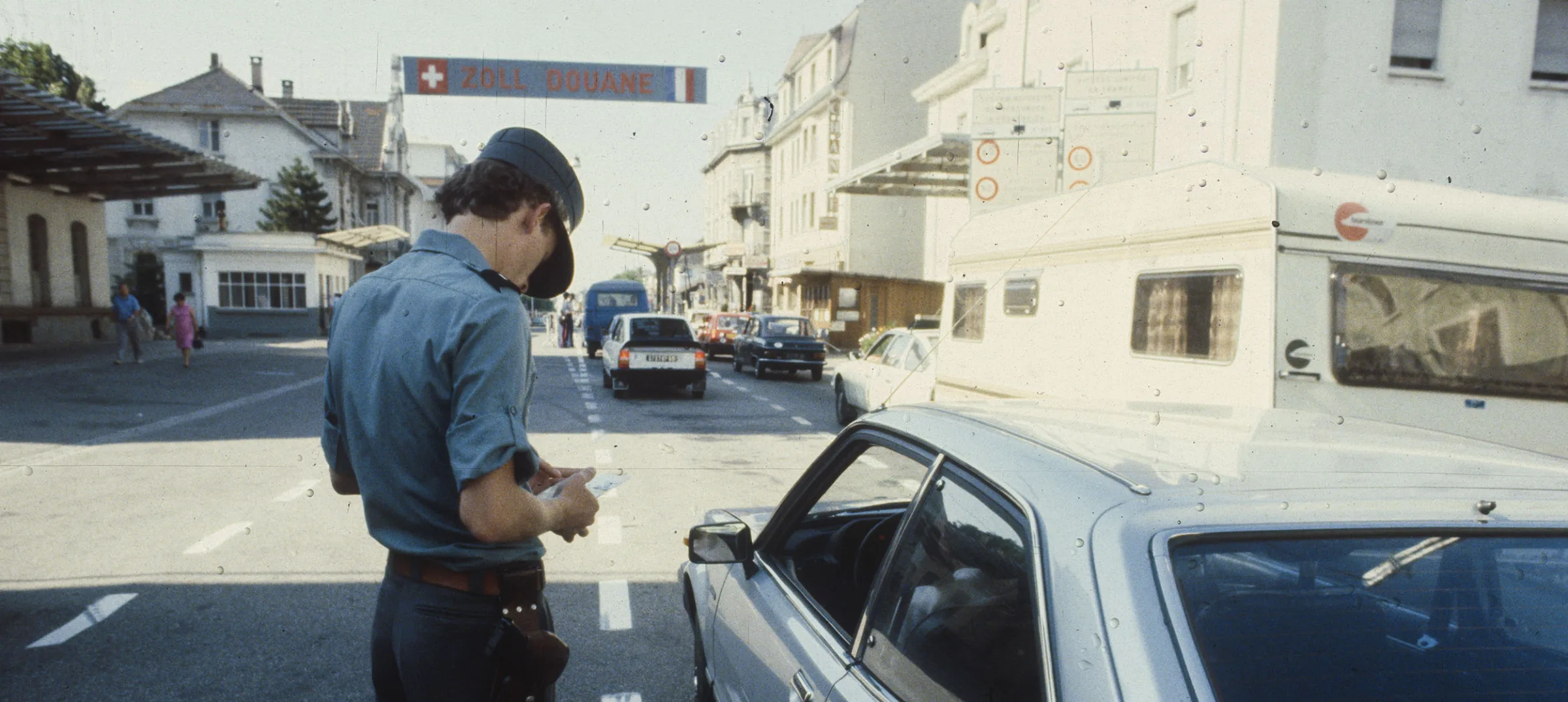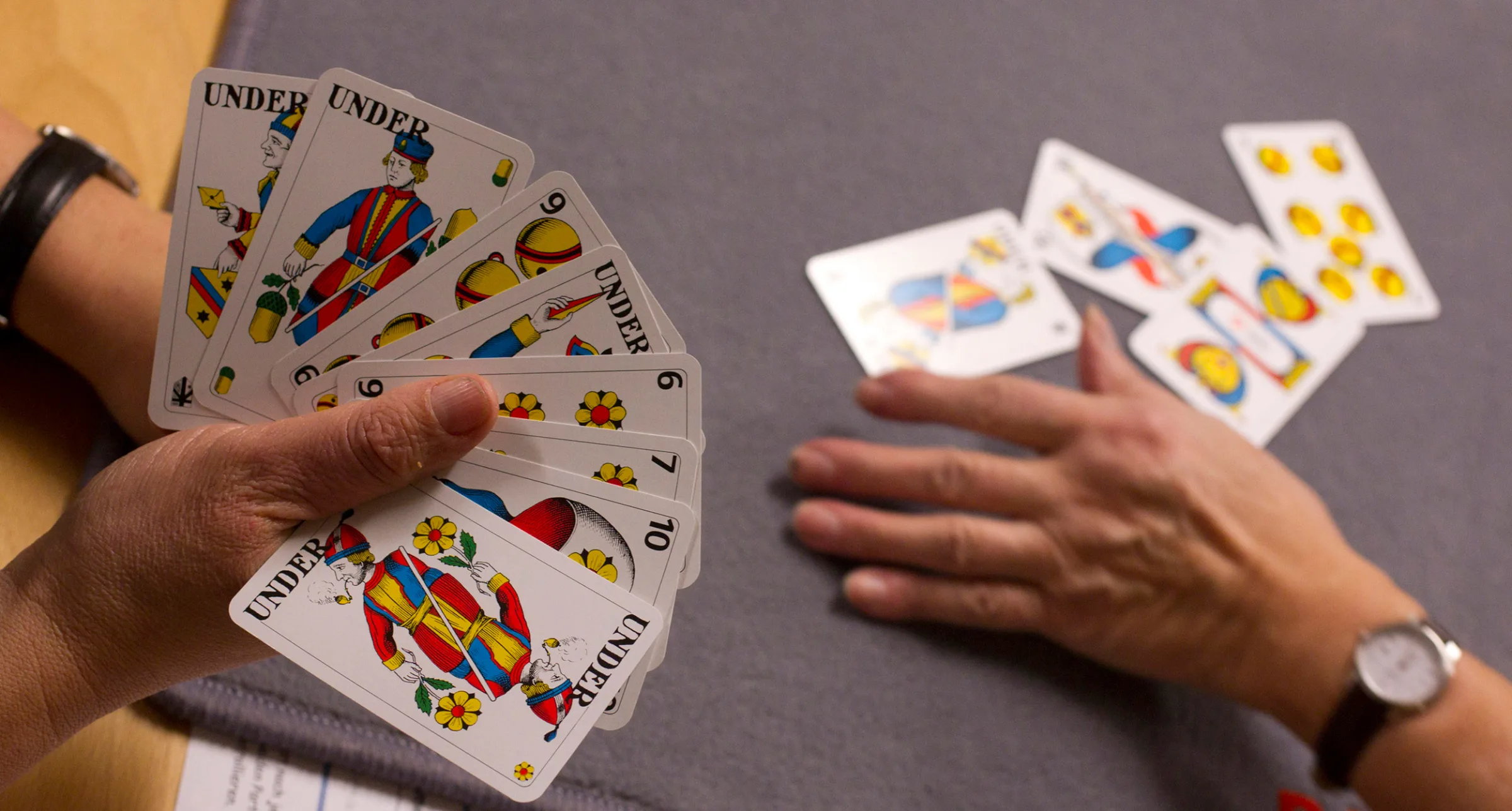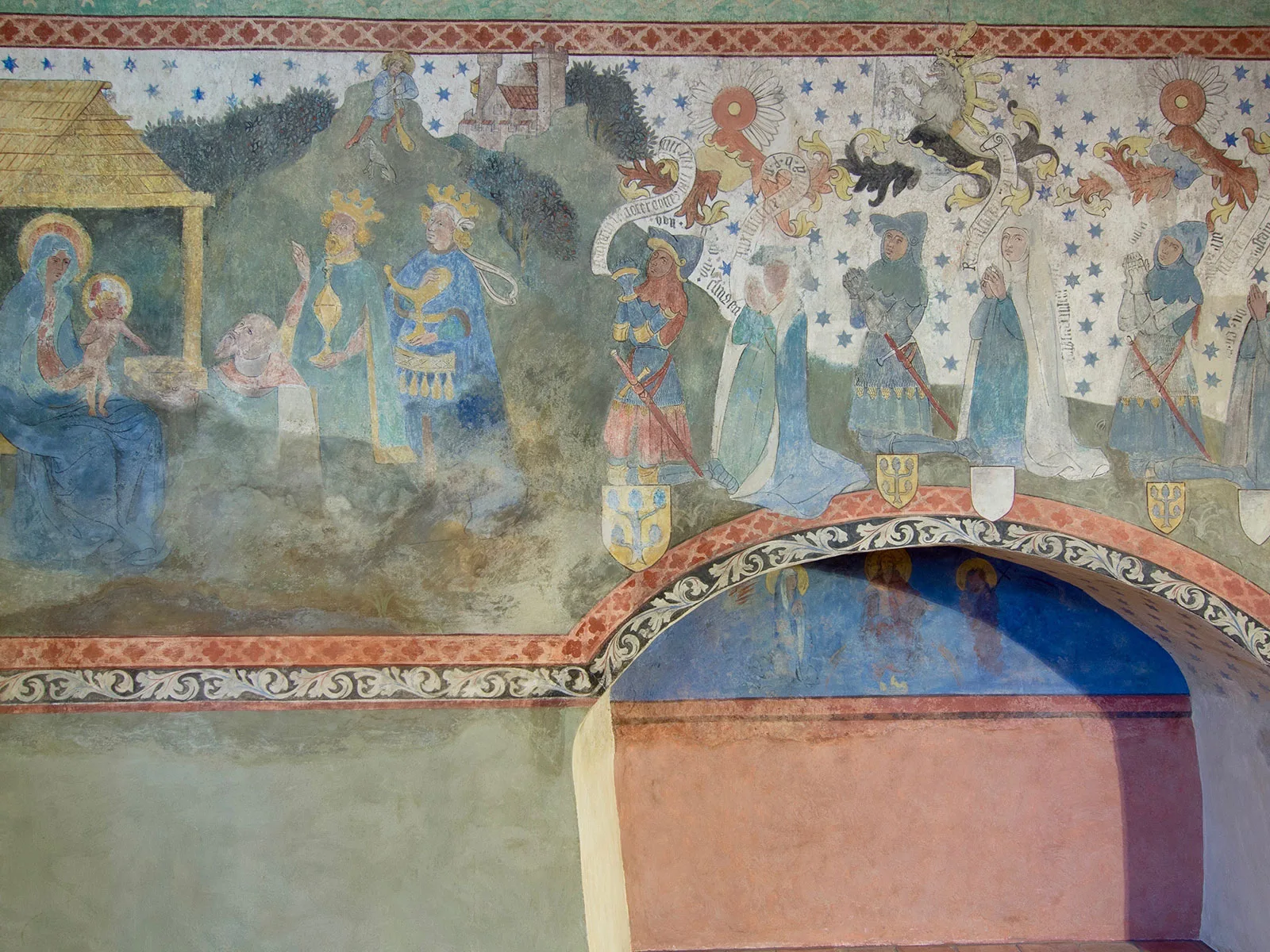
In the retinue of the Three Wise Men
The barons of Hohenklingen are depicted outside the stable in Bethlehem, the same size as the Three Wise Men. Created around 1420, the memorial painting in the noble family’s burial chapel in Stein am Rhein is a carefully staged work of chivalric self-aggrandisement.
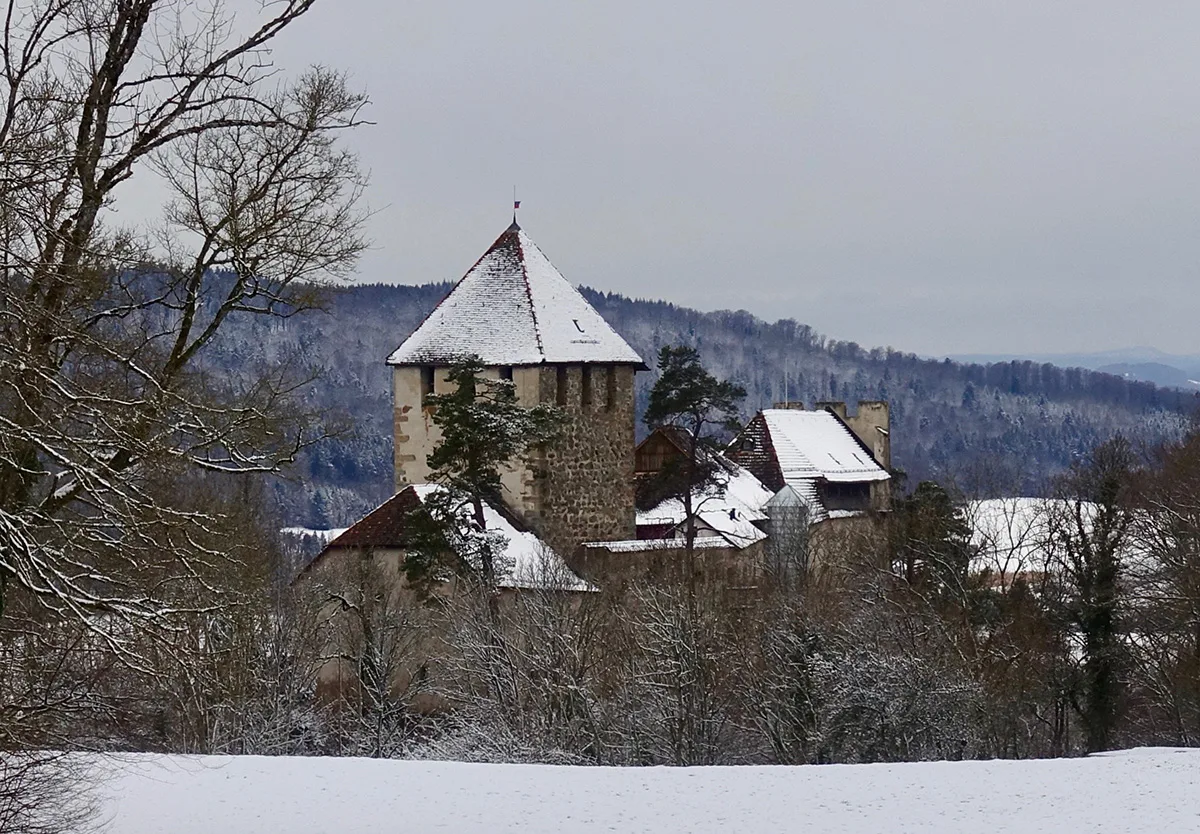
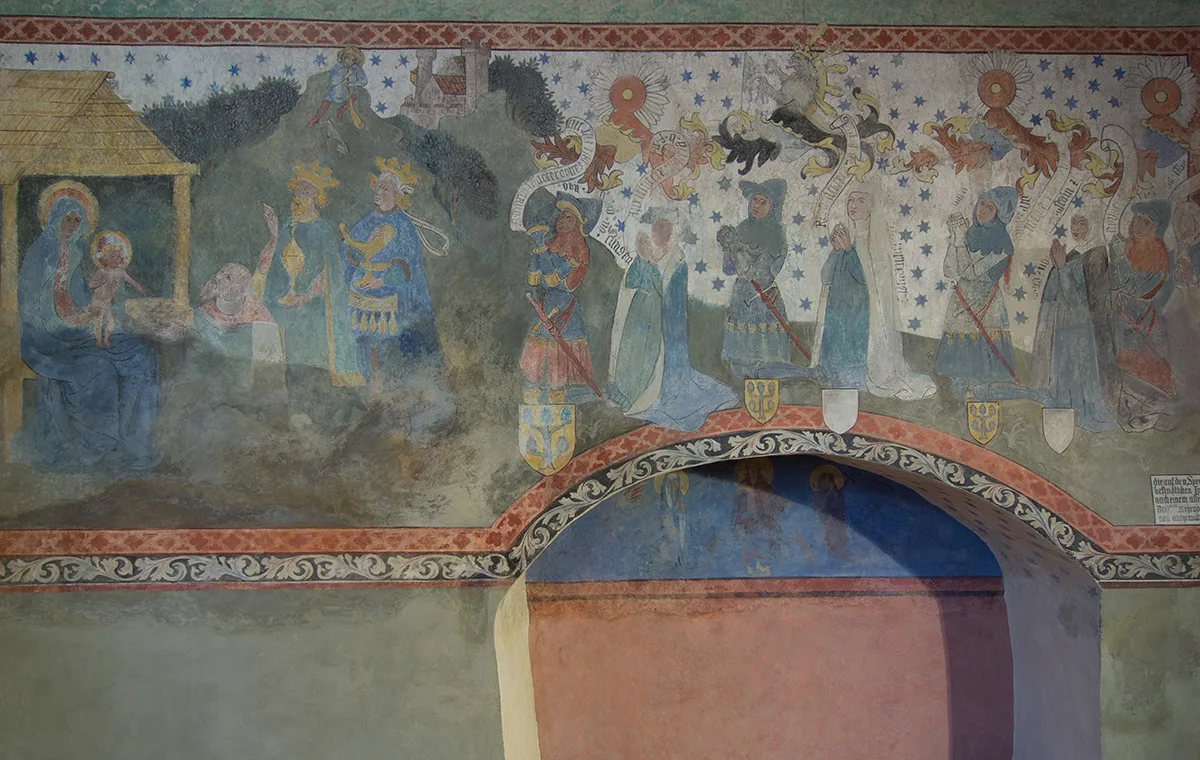
The crest crosses the line
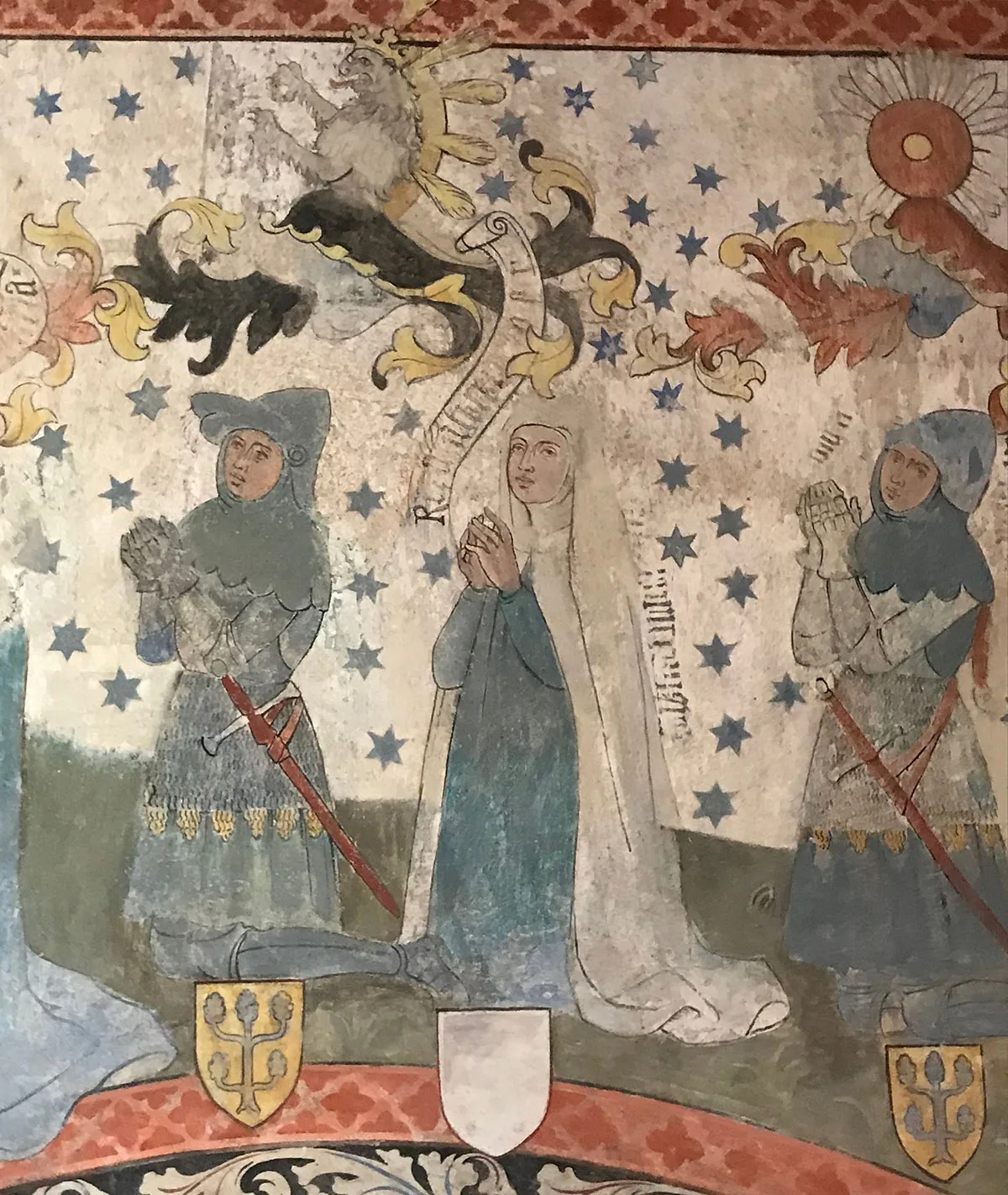
An investment in the fourth pillar
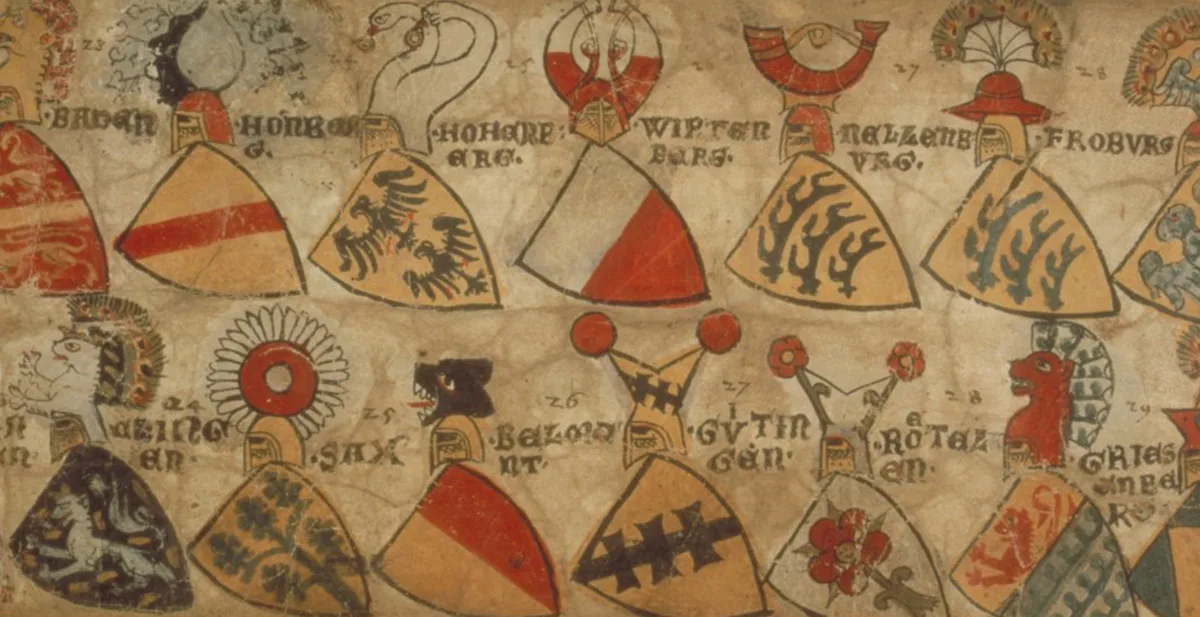
The barons of Klingen
The barons of Klingen are one of the best-documented baronial noble families in eastern Switzerland. Probably the most famous representative of the extensive family is the minstrel Walter von Klingen von Klingnau, immortalised in the Codex Manesse. However, the sources are just as scattered as the estates the family owned in eastern Switzerland, on the Upper Rhine and in Tyrol. The two lines of von Altenklingen and von Hohenklingen, named after their ancestral castles, can only be clearly distinguished from 1312 onwards.
One difficulty in identifying individual male representatives is that they only use the names Ulrich and Walter. The Steiner branch of the family appears in the sources for the first time in 1209. The oldest part of Hohenklingen Castle is dated to 1219. The name Hohenklingen doesn’t appear until 1327. In the Battle of Sempach in July 1386, ‘zwene ritter von clyngen’ (two knights of Clyngen) were killed. Whether the funerary sculpture of a knight of Altenklingen from the Lady Chapel in the Cistercian abbey at Feldbach in Steckborn is of one of these two knights, or even the last of the line, Walter von Altenklingen, cannot be said with any certainty.
When the Altenklingen line died out in 1394, Walter VII von Hohenklingen inherited their imperial fiefdom and, in addition to his own coat of arms with the stylised blue oak on a yellow background, he also used that of Altenklingen, featuring the white lion on a black background. On the memorial painting in the Hohenklingen Chapel at Stein am Rhein, he had himself depicted with the Hohenklingen coat of arms and the Altenklingen crest.

